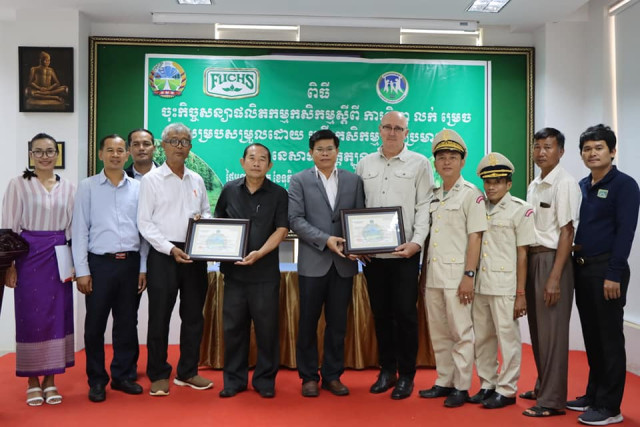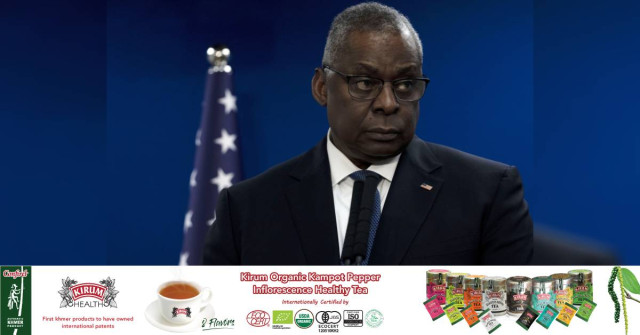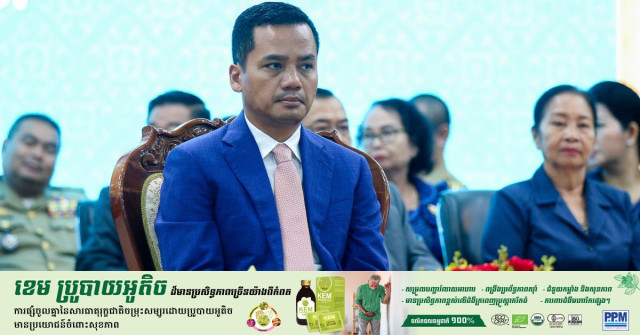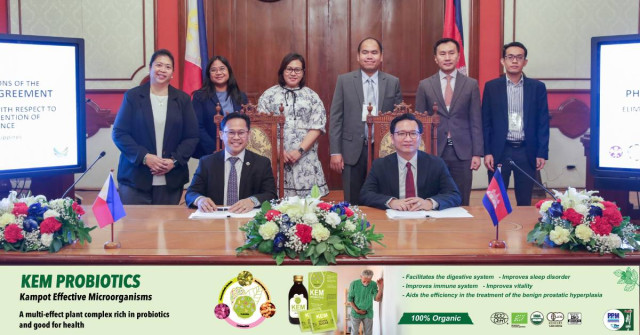Microfinances Play Crucial Recovery Role
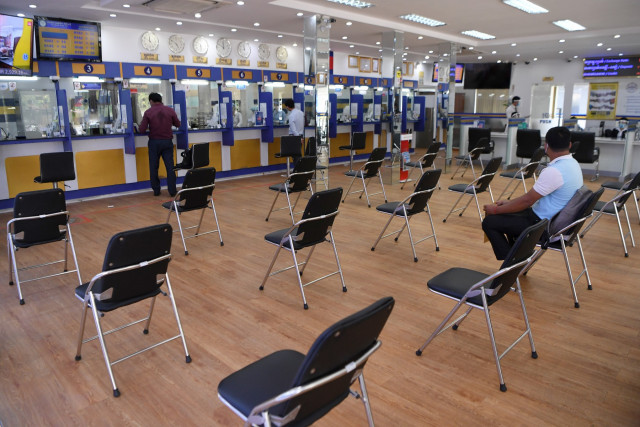
- By Ek Bunly
- and Po Sovinda
- June 23, 2022 5:00 PM
Risks for borrowers must be watched
The temporary shutdown and health safety measures imposed by the government to combat COVID-19 in the past two and a half years have resulted in many hardships for institutions and industries.
The Asian Development Bank (ADB) found that Cambodia’s GDP contracted by 3.1 percent in 2020, the first year of negative growth in recent memory. Even though there have been good signs of recovery, it will likely take some time before the economy reaches its pre-Covid state.
Alongside this economic turmoil, the country has seen an increase in lending from microfinance institutions (MFIs) to individuals and business owners resulting in growth in this part of the financial sector.
For many workers and business owners, the suspension of jobs in industries impacted by the pandemic, the need for support to sustain day-to-day expenses and to keep businesses afloat have enhanced the importance of MFIs in the revival of the nation’s economy.
Microfinance is one of a few tools in the financial services sector that focuses on consumers who have low incomes and have historically lacked access to conventional banking services. These institutions provide basic financial assistance such as small loans, savings assistance and insurance.
Given the ability of these institutions to provide financial assistance to the needy during the pandemic, MFIs have a significant role to play in reviving Cambodia’s economy.
While MFIs can’t revive the economy alone, they can help contribute to the recovery through two main mechanisms: as a source of financial capital and ensuring the kingdom’s continuous capital flow.
First, MFIs can act as a source of capital for individuals and business owners who need loans and credit to sustain their day-to-day operations. For instance, a tuk-tuk driver can borrow $3000 from an MFI to buy his vehicle, buy food and pay rent during the COVID-19 period.
This type of borrowing prioritizes his survival but borrowers should be advised by the MFI that repayments should not exceed 50 percent of the borrower's income with a longer time span of repayment while the borrower needs to be sure that their income is sustainable for the monthly repayment.
This easy access to capital serves as financial relief to individuals – especially garment and manufacturing industry and tourism workers – as the society goes through a rise in unemployment, commerce difficulties and a stagnant trade environment while businesses can use the loan to save themselves from bankruptcy. This will also ensure the continuation of spending both from consumers and producers, resulting in the financial flow and balanced liquidity in the Kingdom. This is vital for companies and businesses to ensure that the short-term difficulties – such as the loss of staff, the inability to pay for their monthly utilities in their firm – won’t decide their long-term operation.
Microfinance institutions could be a source of capital for emerging businesses that need financial support to establish themselves in the COVID-19 pandemic – a delivery service company, digital start-up or food business, for instance – that need financial capital to kick off their production and services and bring them to market.
MFIs also have the ability to promote cash flow and ensure liquidity. While individual debt has been rising and some companies are closing due to bankruptcy. The ability of MFIs to lend to the poor, no matter how small, is contributing to the cash flow of the nation that could have experienced a financial crash if most companies and businesses experienced an unsustainable flow of cash.
With the ability to lend more conveniently than regular banks, the MFIs could increase their reach to clients in rural areas and suburbs. The CGAP Global Pulse Survey of Microfinance Institutions has reported that around one-third of the global MFIs have opted to expand their operations and even digitize their operations to make it easier for their customers despite the “stay-at-home” measures.
Similarly, Cambodian MFIs could diversify their operations by looking to Cambodians in rural areas who have been heavily impacted by nation-wide COVID-19 safety measures that have prevented them from earning, spending, and contributing to the nation’s economy.
Moreover, the digitization of operations could expand and ease burdens on users from all around Cambodia with just a push of a button in their smartphones. According to a research done by Declan French, Donal Mckillop, and Elaine Stewart from Queen’s University Belfast in 2019 on the “effectiveness of smartphone apps in improving financial capability”, those who used smartphones for loan interest, expenditure, and debt management show significant improvements in terms of their financial knowledge and their basic understanding of financial behavior with good tracking record on their income and spending. In Cambodia’s context, this could promote not just healthier cash flow with less physical interaction but also acquaint more Cambodians with the digital banking process.
However, there is a risk of drawbacks from using MFI lending as a tool for economic recovery. First, overreliance on MFIs as a means of COVID-19 recovery could result in negative consequences for borrowers. Borrowers could face risks, as the loans may require them to put up their land or property titles as collateral and they could lose these if they are unable to make repayments.
By the end of 2020, more than 2.7 million microloans had reportedly been taken out across Cambodia by over 4 million households that listed their land titles as collateral. This has resulted in the increase in household debt to the MFIs giving them more leverage and control over properties in Cambodia.
Secondly, the loans offered by some MFIs can be almost too convenient to acquire. This fact comes with a worrying cost. According to the report by LICADHO, the credit officers from the MFIs have a history of applying pressure to borrowers who are late to repay using methods such as threatening them, and forcing them to sell their land to repay the debt. This could cause harm to thousands of families which would put even more burden on the government in the post-COVID-19 era.
Disagreement between borrowers and lending institutions could even spark protests and confrontation. For instance, Camboja reported in 2020 that six people were detained outside an MFI institution in Cambodia by local authorities due to their protest demanding extensions of their loan repayment periods during the COVID-19.
Hence, although the MFIs can be a good solution during this period of revival of the economy, borrowers need to make well-informed decisions when it comes to their interactions with these institutions.
Despite the drawbacks, the MFIs in Cambodia can contribute to the revival of the economy. This can be done by continuing to be a source of capital and ensuring financial liquidity. Moreover, by increasing their channels to rural areas and digitizing their services, Cambodians across the country would have the opportunity to borrow or receive credit just the same as in urban areas. Although there are also some real drawbacks, such as the risk in acquiring loans and their possible repayment methods, these risks can be comprehended by both the citizens and government to avoid future financial chaos and for the safety of Cambodians.
EK Bunly is a master's degree student at Paragon International University and Po Sovinda is a PhD candidate at Griffith University, Australia. Their commentary was written in collaboration with Future Forum.






